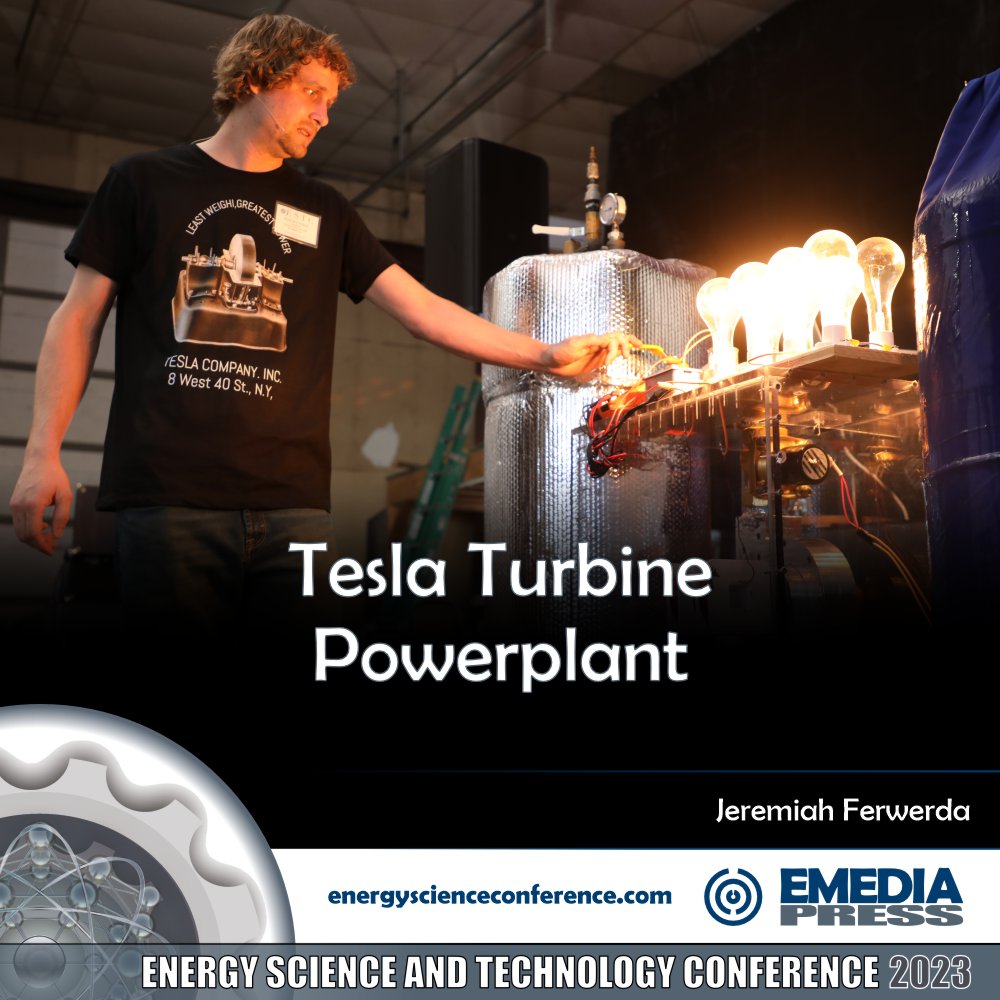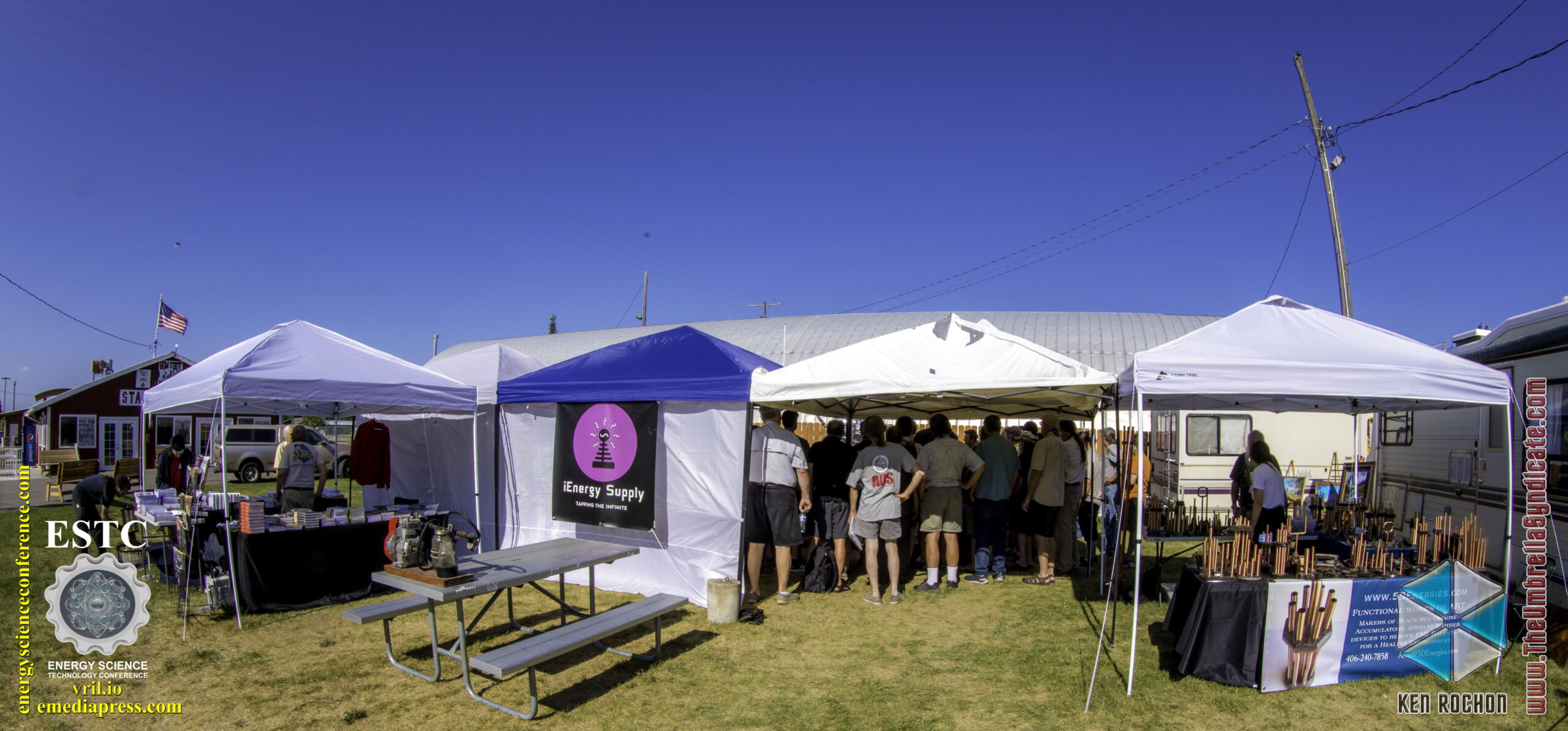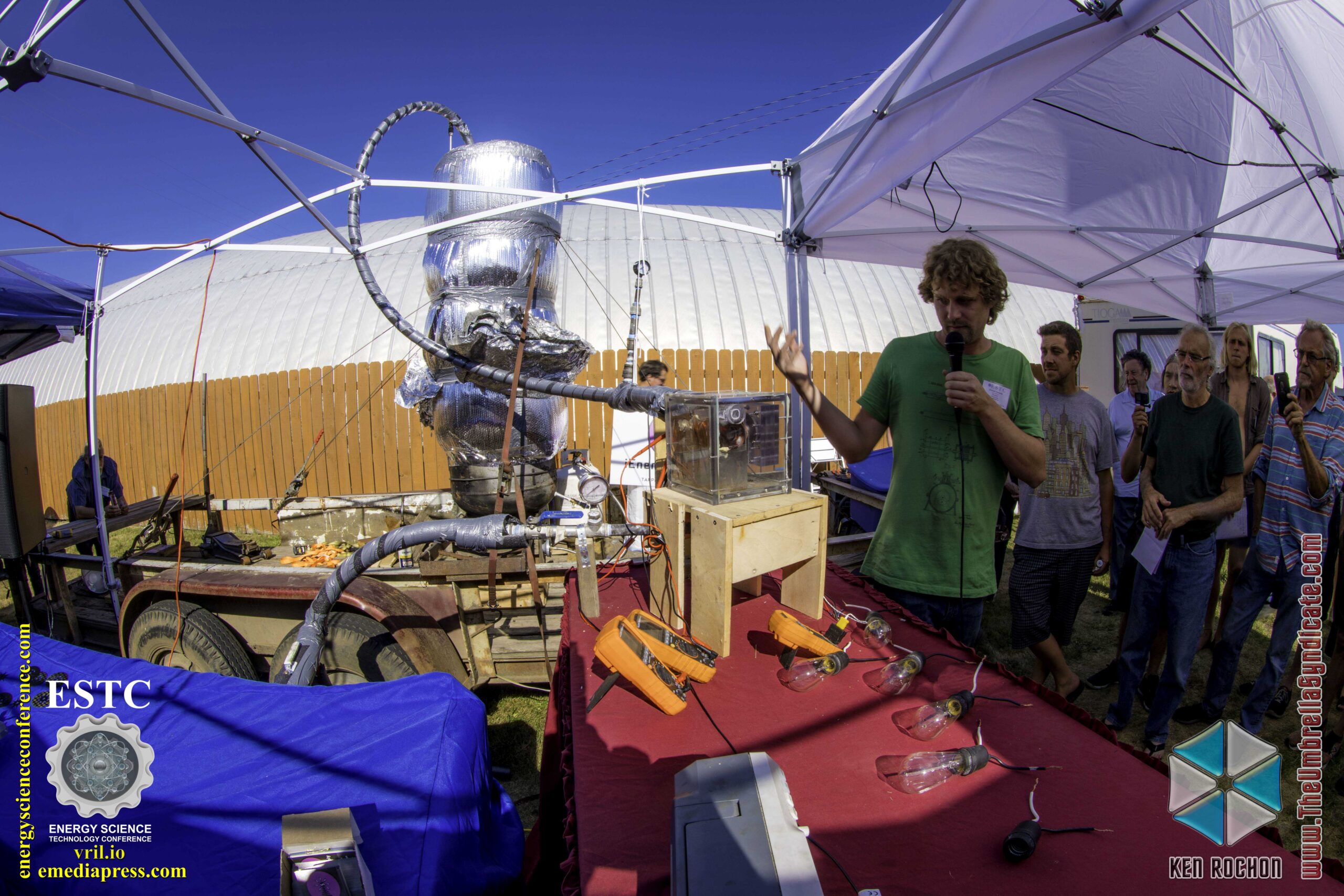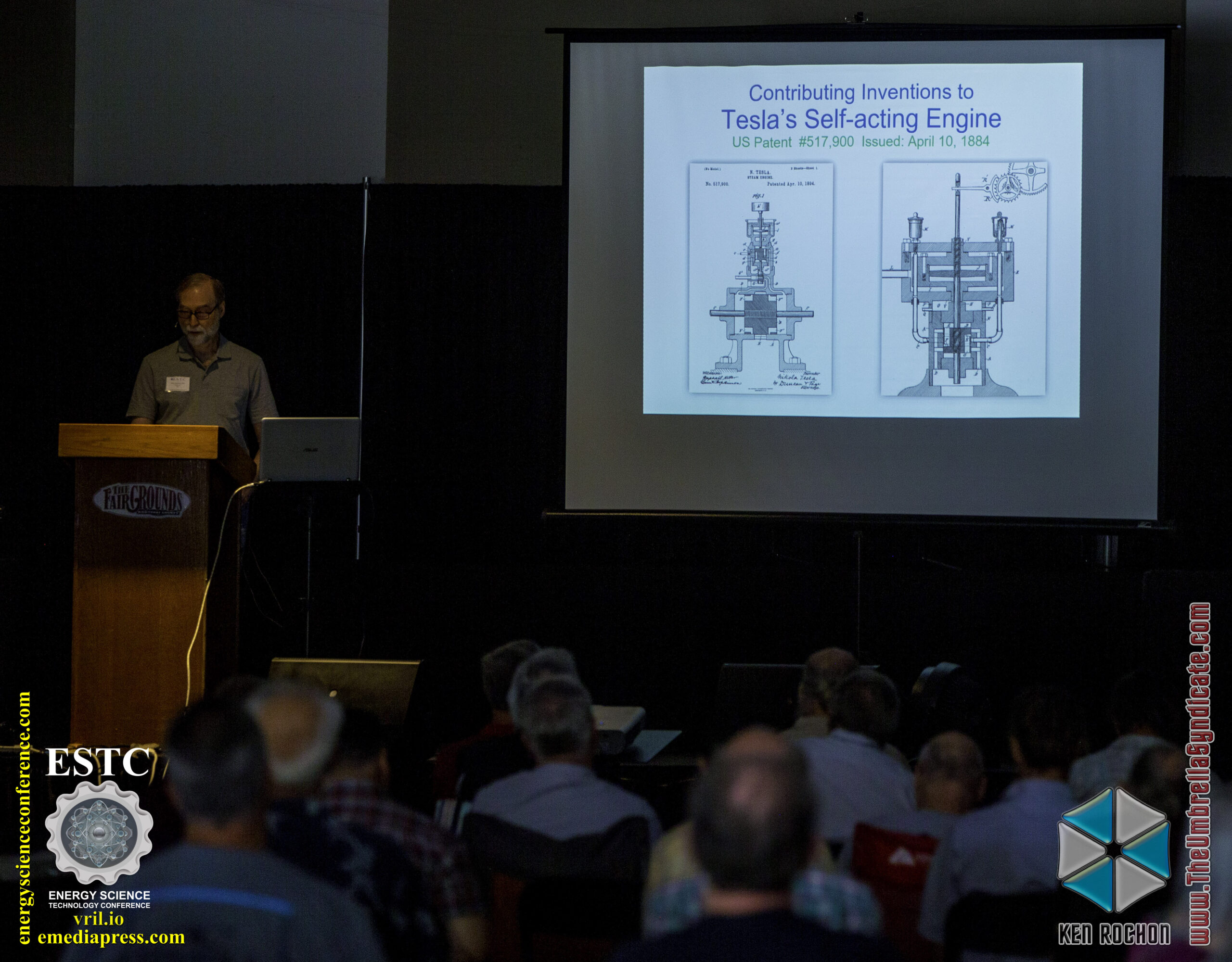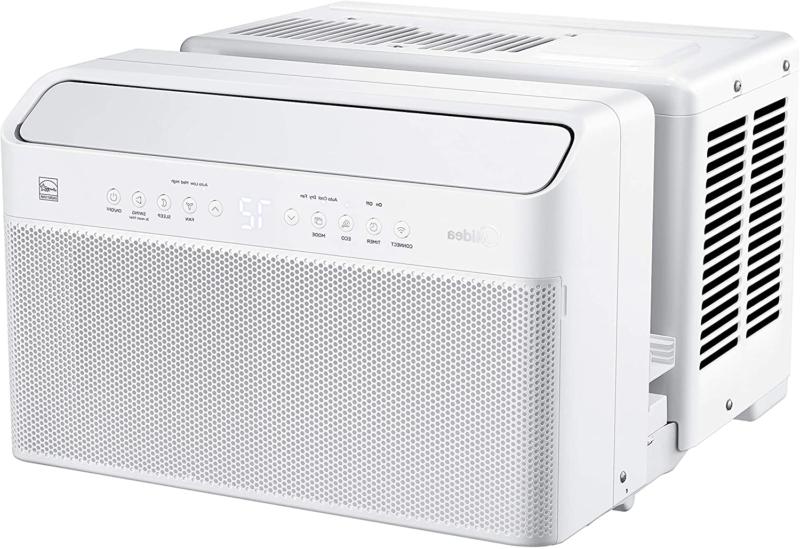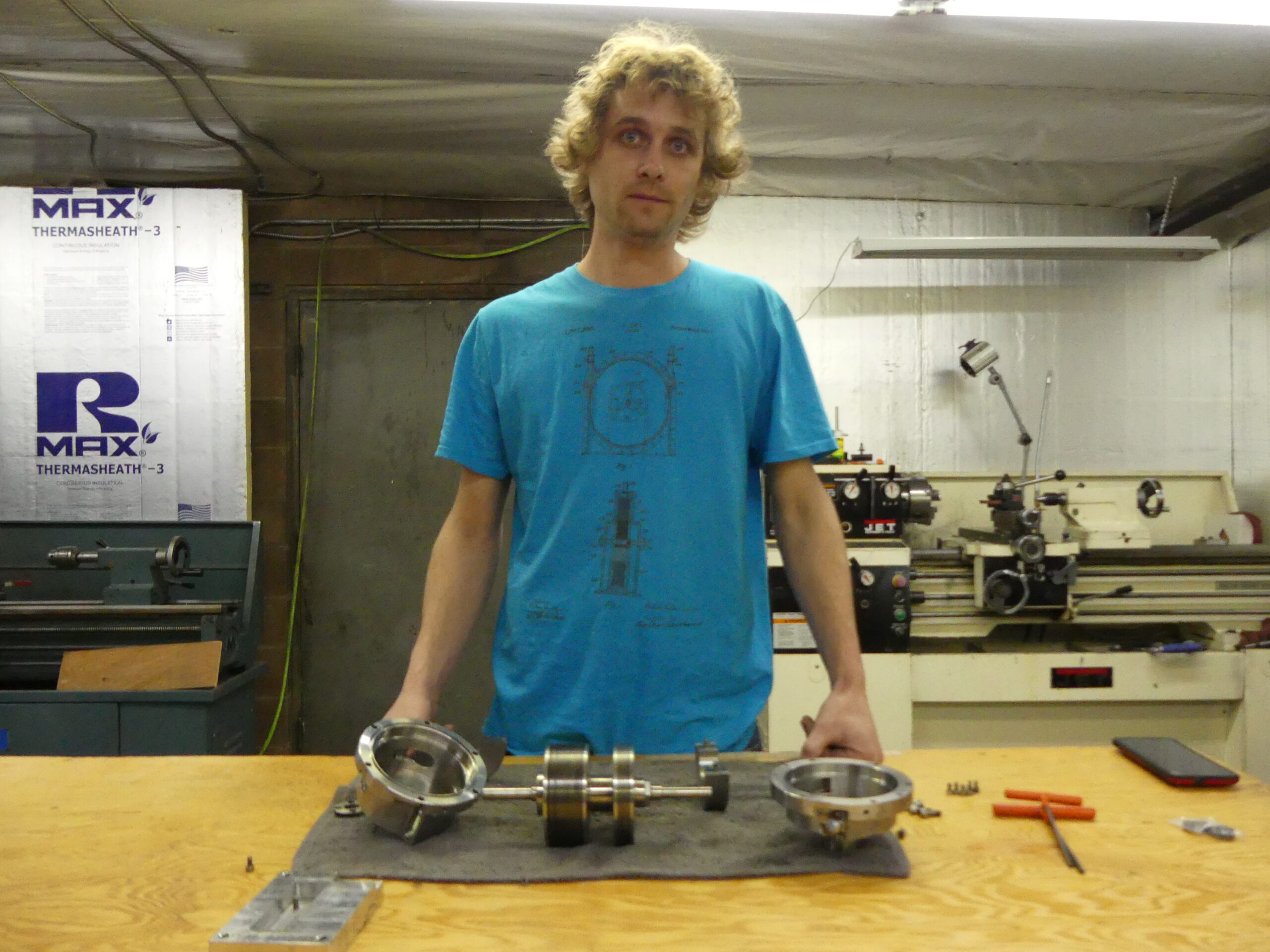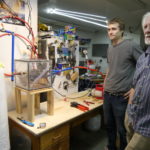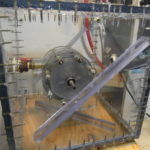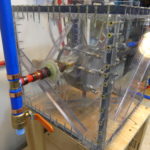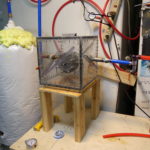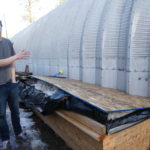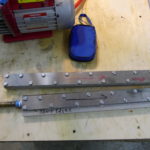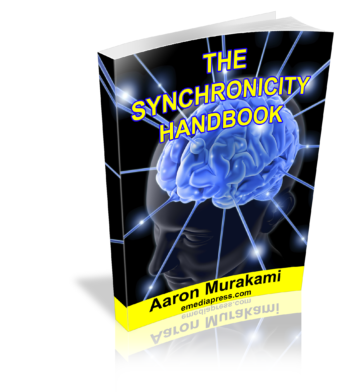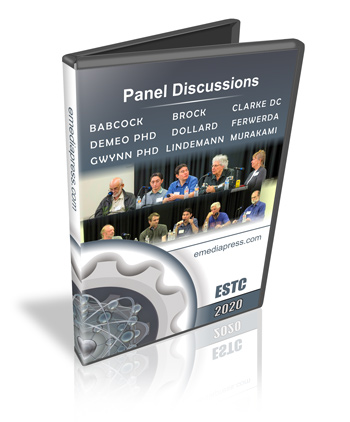At less than half of our intended operating speed, we saw a bit over 2000 watts of real power. Here’s a quick video about it – It’s also Jeremiah’s birthday on the 15th, which is an hour away. If you like to support him personally, consider becoming a Patreon supporter. Or, if he gets a PayPal donate link on his page in time, maybe you can send a little support. His website is https://myteslapower.com
If you’re interested in the turbines themselves, there will be a link given later on, which will be on a different website.
In the meantime, we hope you enjoy this demonstration and can understand the significance of it. This is beyond what anyone else is showing online. Also, to further your research into the Tesla Turbine, the principles were all revealed in this presentation from last year:
https://emediapress.com/shop/tesla-turbine-powerplant/
Here’s the recent test – we’re still waiting for a few automated controls, but it’s almost complete.

